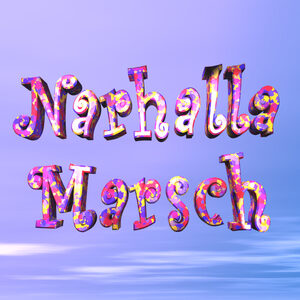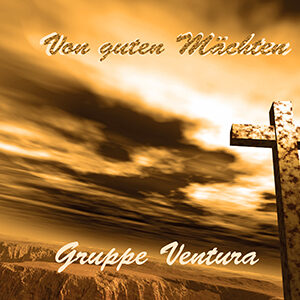Description
Artist: Vienna Ensemble
Album: Johannes Strauss Walzer
An der schönen blauen Donau, Op. 314 Vienna Ensemble 3:20
Wiener Blut, Op. 354 Vienna Ensemble 5:05
Cagliostro Walzer, Op. 370 Vienna Ensemble 3:33
Kuss Walzer, Op. 400 Vienna Ensemble 4:58
Kaiser Walzer, Op. 437 Vienna Ensemble 3:57
Leichtes Blut Walzer, Op. 319 Vienna Ensemble 5:00
Tausend und eine Nacht Walzer, Op. 346 Vienna Ensemble 2:56
Freut euch des Lebens Walzer, Op. 340 Vienna Ensemble 3:36
Frühlingsstimmen Walzer, Op. 410 Vienna Ensemble 4:57
Donauweibchen Walzer, Op. 427 Vienna Ensemble 3:58
Du und du Walzer, Op. 367 Vienna Ensemble 4:00
Viennese Waltz (German: Wiener Walzer) is the genre of a ballroom dance. At least three different meanings are recognized. In the historically first sense, the name may refer to several versions of the waltz, including the earliest waltzes done in ballroom dancing, danced to the music of Viennese Waltz.
What is now called the Viennese waltz is the original form of the waltz. It was the first ballroom dance performed in the closed hold or “waltz” position. The dance that is popularly known as the waltz is actually the English or slow waltz, danced at approximately 90 beats per minute with 3 beats to the bar (the international standard of 30 measures per minute), while the Viennese Waltz is danced at about 180 beats (58-60 measures) a minute. To this day however, in Germany, Austria, Scandinavia, and France, the words Walzer (German for “waltz”), vals (Danish, Norwegian, and Swedish for “waltz”), and valse (French for “waltz”) still implicitly refer to the original dance and not the slow waltz.
The Viennese Waltz is a rotary dance where the dancers are constantly turning either toward the leader’s right (natural) or toward the leader’s left (reverse), interspersed with non-rotating change steps to switch between the direction of rotation. A true Viennese waltz consists only of turns and change steps. Other moves such as the fleckerls, American-style figures and side sway or underarm turns are modern inventions and are not normally danced at the annual balls in Vienna. Furthermore, in a properly danced Viennese Waltz, couples do not pass, but turn continuously left and right while travelling counterclockwise around the floor following each other.
As the Waltz evolved, some of the versions that were done at about the original fast tempo came to be called specifically “Viennese Waltz” to distinguish them from the slower waltzes. In the modern ballroom dance, two versions of Viennese Waltz are recognized: International Style and American Style.
Today the Viennese Waltz is a ballroom and partner dance that is part of the International Standard division of contemporary ballroom dance.







